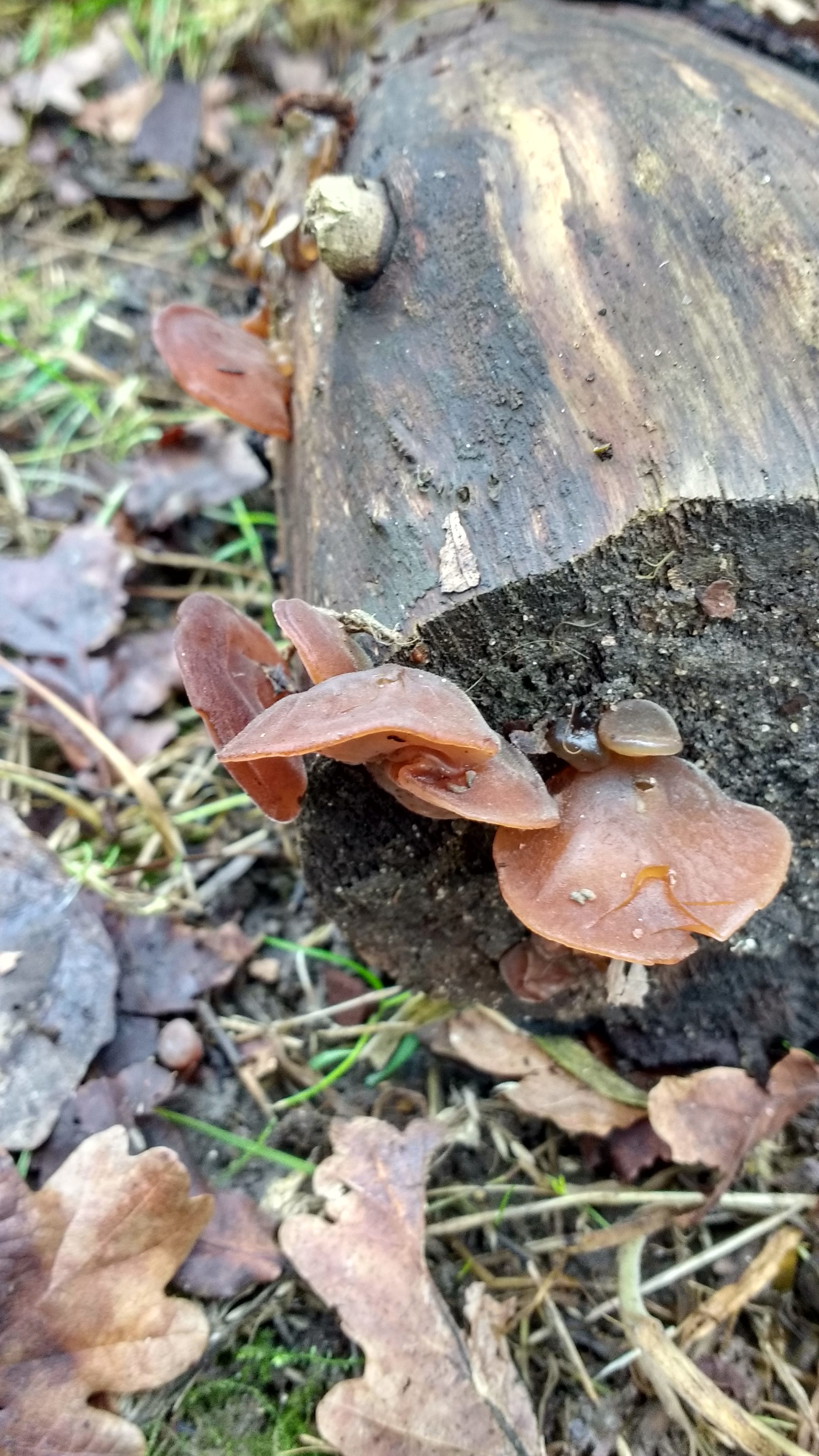 "I enrolled in a class in mushroom identification. The teacher was a Ph.D. and the editor of a publication on mycology. One day he picked up a mushroom, gave a good deal of information about it, mainly historical, and finally named the plant as Pluteus cervinus, edible. I was certain that that plant was not Pluteus cervinus. Due to the attachment of its gills to the stem, it seemed to me to be an Entoloma, and therefore possibly seriously poisonous.. I said, "I doubt whether that mushroom is Pluteus cervinus. I think it's an Entoloma." The teacher said, "Well, we'll key it out." This was done, and it turned out I was right. The plant was Entoloma grayanum, a poisonous mushroom. The teacher came over to me and said, "If you know so much about mushrooms, why do you take this class?" I said, "I take this class because there's so much about mushrooms I don't know." Then I said, "By the way, how is it that you didn't recognize that plant?" He said, "Well, I specialize in the jelly fungi; I just give the fleshy fungi a whirl."
"I enrolled in a class in mushroom identification. The teacher was a Ph.D. and the editor of a publication on mycology. One day he picked up a mushroom, gave a good deal of information about it, mainly historical, and finally named the plant as Pluteus cervinus, edible. I was certain that that plant was not Pluteus cervinus. Due to the attachment of its gills to the stem, it seemed to me to be an Entoloma, and therefore possibly seriously poisonous.. I said, "I doubt whether that mushroom is Pluteus cervinus. I think it's an Entoloma." The teacher said, "Well, we'll key it out." This was done, and it turned out I was right. The plant was Entoloma grayanum, a poisonous mushroom. The teacher came over to me and said, "If you know so much about mushrooms, why do you take this class?" I said, "I take this class because there's so much about mushrooms I don't know." Then I said, "By the way, how is it that you didn't recognize that plant?" He said, "Well, I specialize in the jelly fungi; I just give the fleshy fungi a whirl." John Cage, 1968, p. 272
<) Oak trees Quercus robur. Acorns, the fruit of the oak, were fed to pigs and ground for flour in hard times. Oaks at Stave Hill spread beyond the area of the tree, moved by Jays.
>> Leave the Central Meadow and turn right down the steps.
<) Notice on your right Jelly Ear on the old loggery.
Jelly Ear fungus Auricularia auricula-judae, Stave Hill Ecological Park, 2016. Photograph: Clare Street